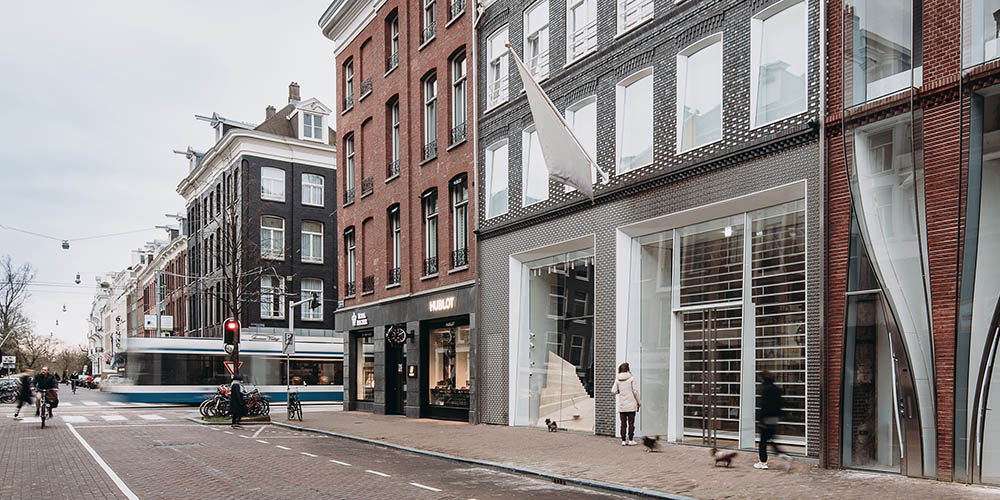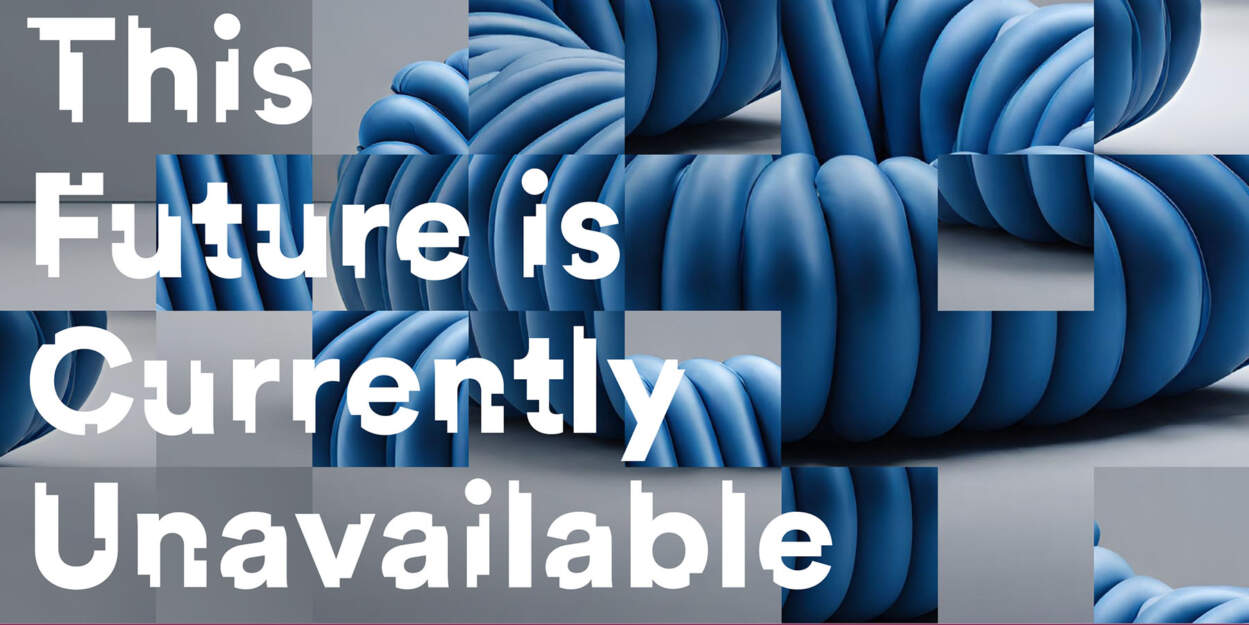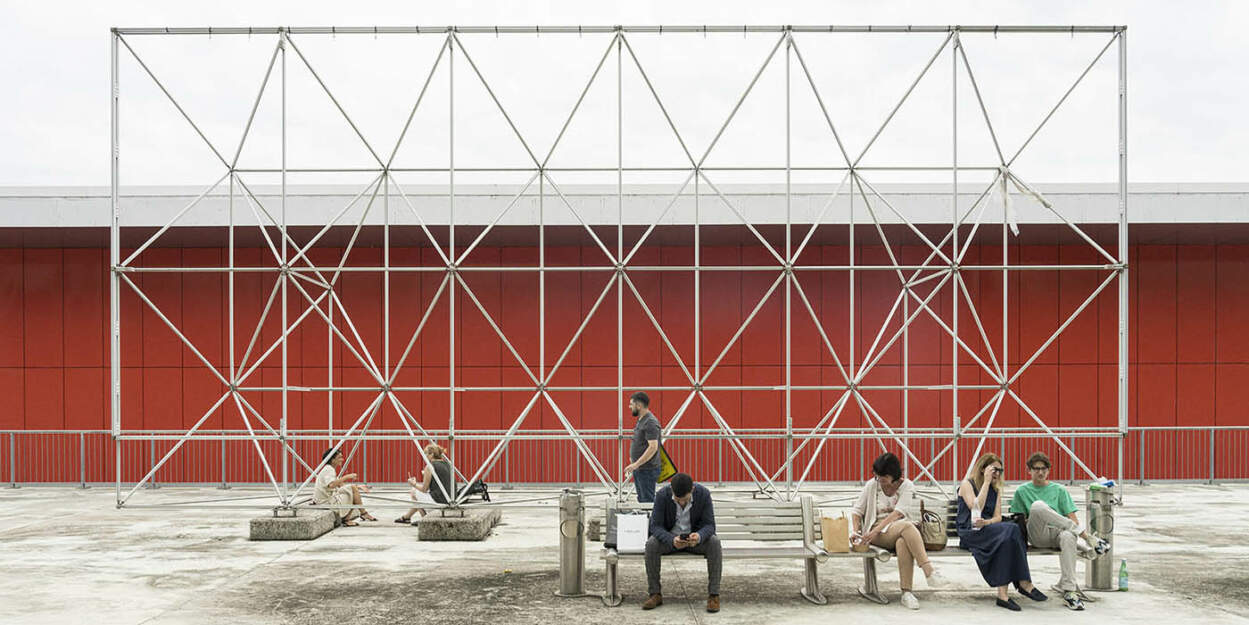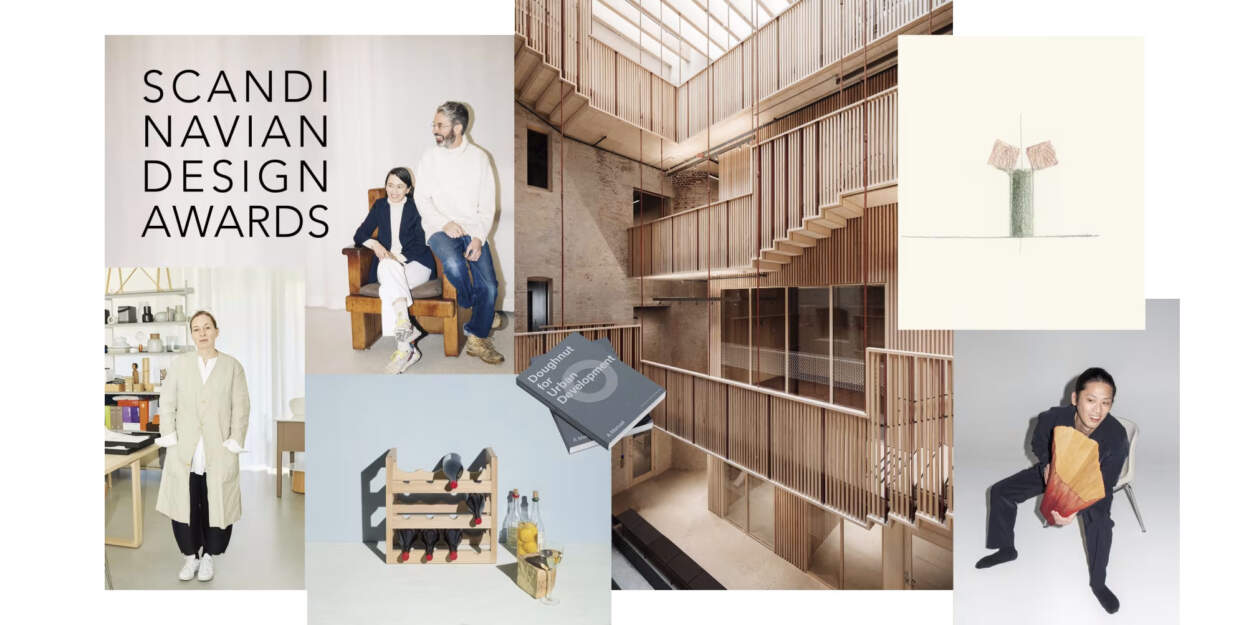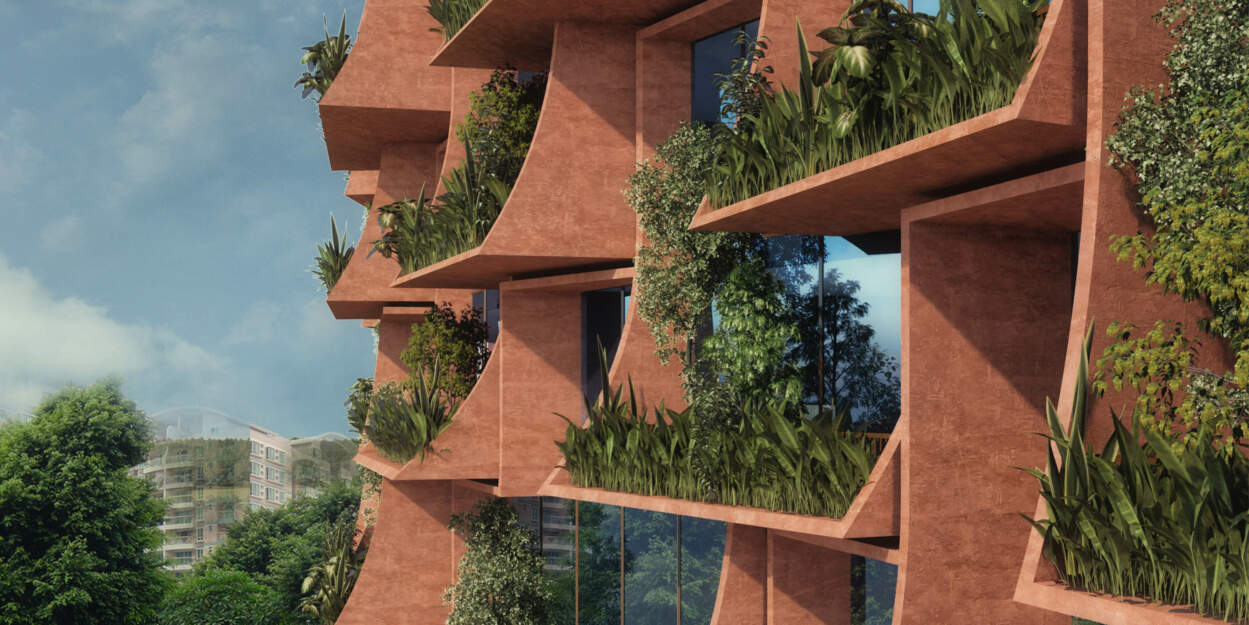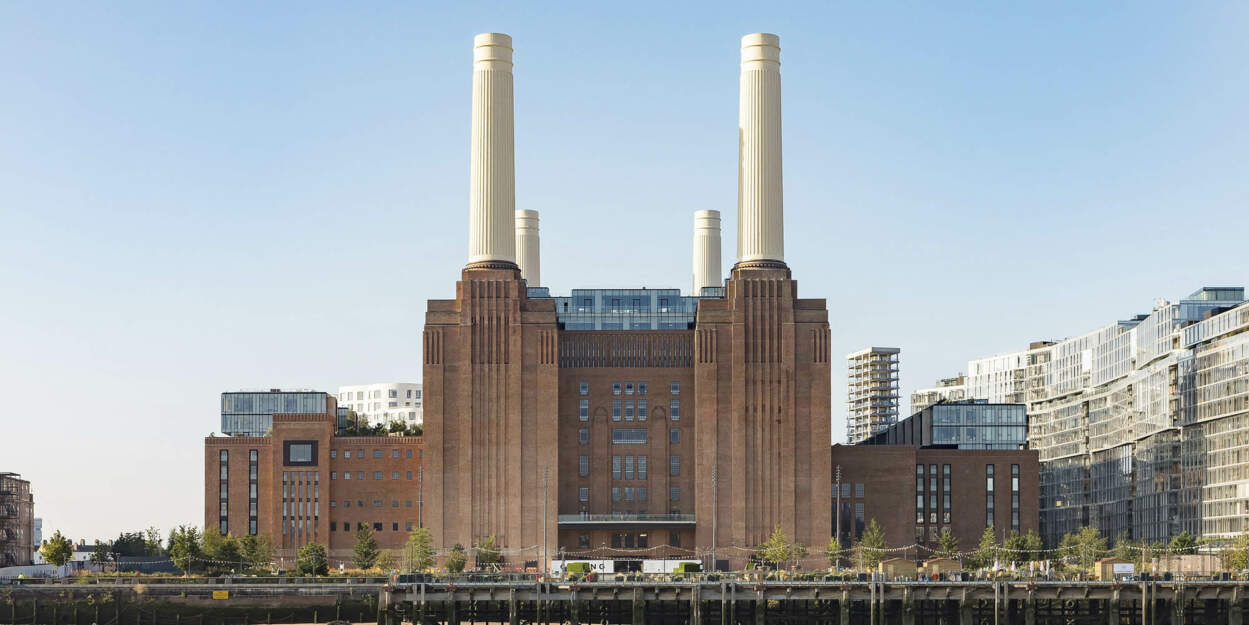Famous for its high-end boutiques and design shops, P.C. Hooftstraat is a renowned street in Amsterdam, the Netherlands. In 1876 it was named after Pieter Corneliszoon Hooft (1581–1647), a Dutch historian, poet and playwright. The street is located in the stadsdeel Amsterdam Oud-Zuid and runs from the Stadhouderskade to the Vondelpark.
At number 140-142 citizens and tourists will find a peculiar textured new stainless steel and glass facade designed by the renowned Dutch architecture firm UNStudio.
Textured and transparent, the Brick Pixelation Facade at the P.C. Hooftstraat 140-142 embodies the intricate, crafted details epitomised by couture clothing.
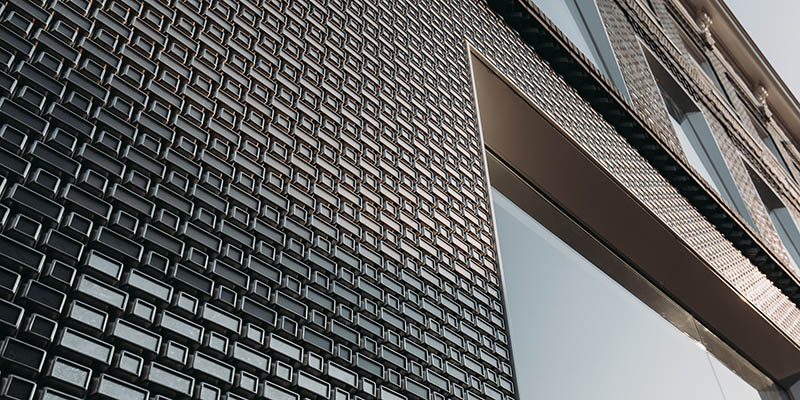
Cast stainless steel bricks with glass inlays pixelate together along this partially transparent glass facade to create a distinctive shopfront experience on one of Amsterdam's best-known streets.
UNStudio's renovation brought two separate buildings together to become one retail space, making The Brick Pixelation one of the largest retail spaces along the P.C. Hooftstraat.
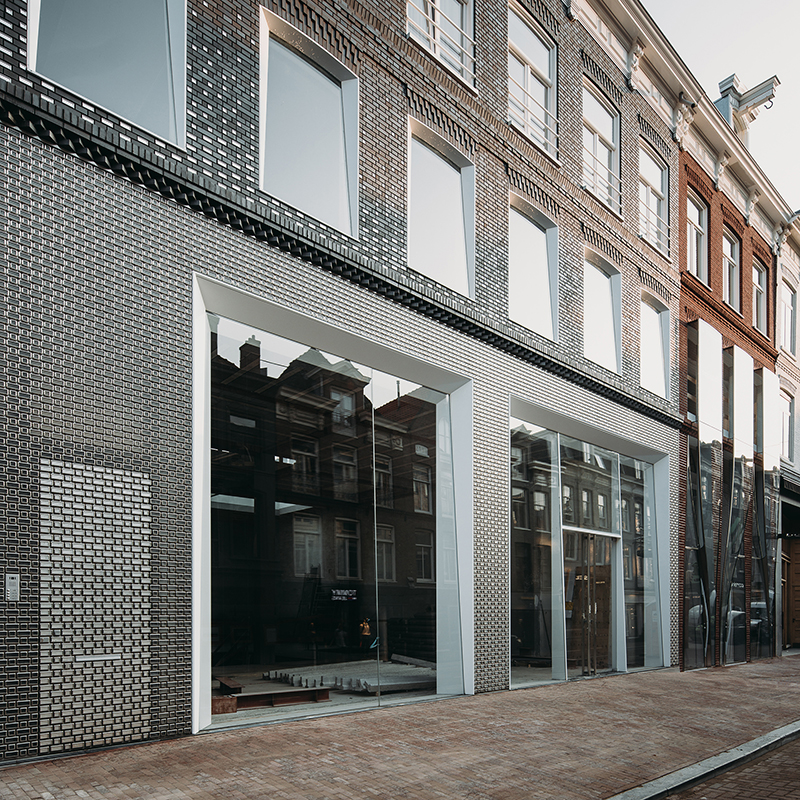
Located next to its architectural cousin, The Looking Glass (also designed by UNStudio), the facade design uses cast stainless steel as its main material, and the traditional Amsterdam town house as its frame. Comparatively, this building expresses a more detail-oriented interpretation of textiles.
While the facade is made of custom casted stainless steel bricks with glass inlays at pedestrian level, it transitions across the second floor back to the anthracite brickwork of a traditional Dutch townhouse. As such, this veil of stainless steel bricks can be experienced differently from relational distances, while keeping in step with the architectural heritage of Amsterdam.
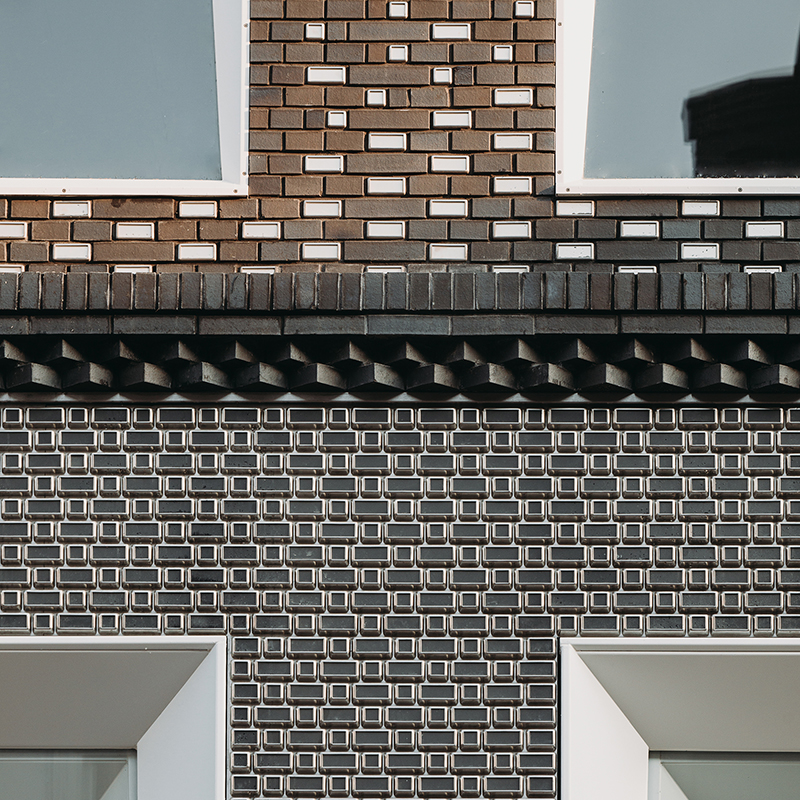
Ben van Berkel says “These neighbouring facade projects that we have designed for the P.C. Hooftstraat are principally concerned with contrasting and crafting the detail through scale and materiality. The design of the facade for 140-142 intentionally employs a more sober scale of detailing to its neighbour. At 140-142, steel bricks inlayed with glass are crafted to refine and compose the details, creating a contemporary interpretation of the traditional bricks found in Dutch townhouses. And while the windows of 138 span multiple floors and protrude outwards, those of P.C. Hooftstraat 140-142 slant inwards and are brought back to the townhouse scale on the second floor.”
While the finished result is sensitively subtle, much experimentation was undertaken to find the correct brick size, transparency and lighting components that could create the appropriate effect on the surroundings.
Although the overall sizes of the stainless steel bricks are the same as typical bricks, by tapering and softening the edges, the stainless steel bricks have a refined and intricately detailed appearance, with manually glued glass inlays.
Bricks are cast in different sizes, following a similar pattern to the traditional brick facade on the upper levels. The individual stainless steel bricks are precisely mounted onto larger steel frames, then installed on site. Operable glass windows behind the steel brick facade allow for maintenance and cleaning.
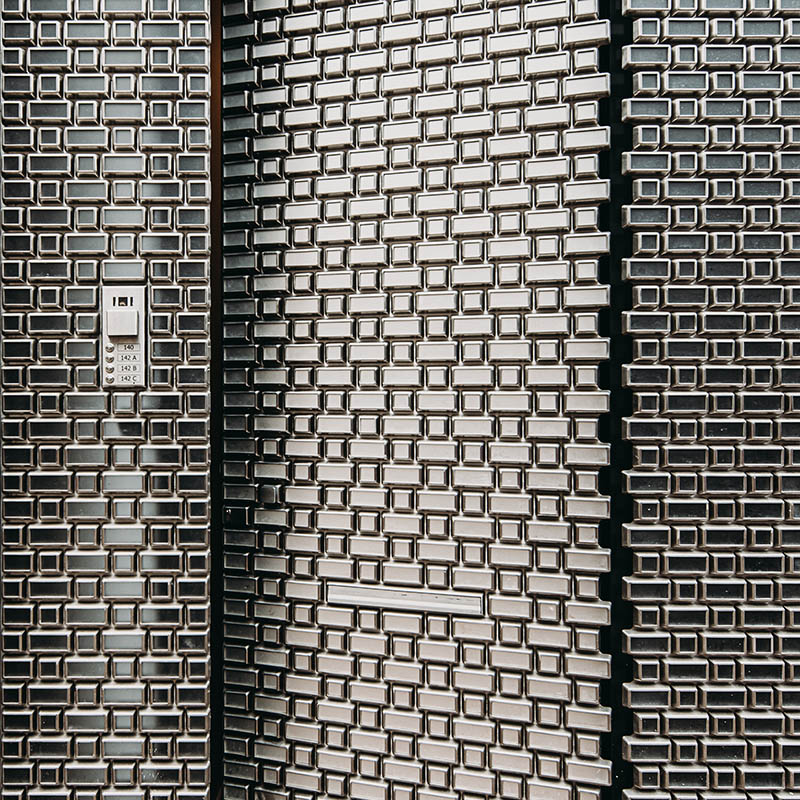
The residential entrance door is composed of the same stainless steel bricks, but with an opaque glass inlay, ensuring privacy in the apartment entrance area. The stainless steel door handle and doorbell are also custom designed to integrate into the overall facade appearance.
The white steel window frames continue into the interior. Slanting the glass panels emphasises the dynamic of the white frames, a detail which is also continued in the smaller first floor windows.
Photography: Evabloem


